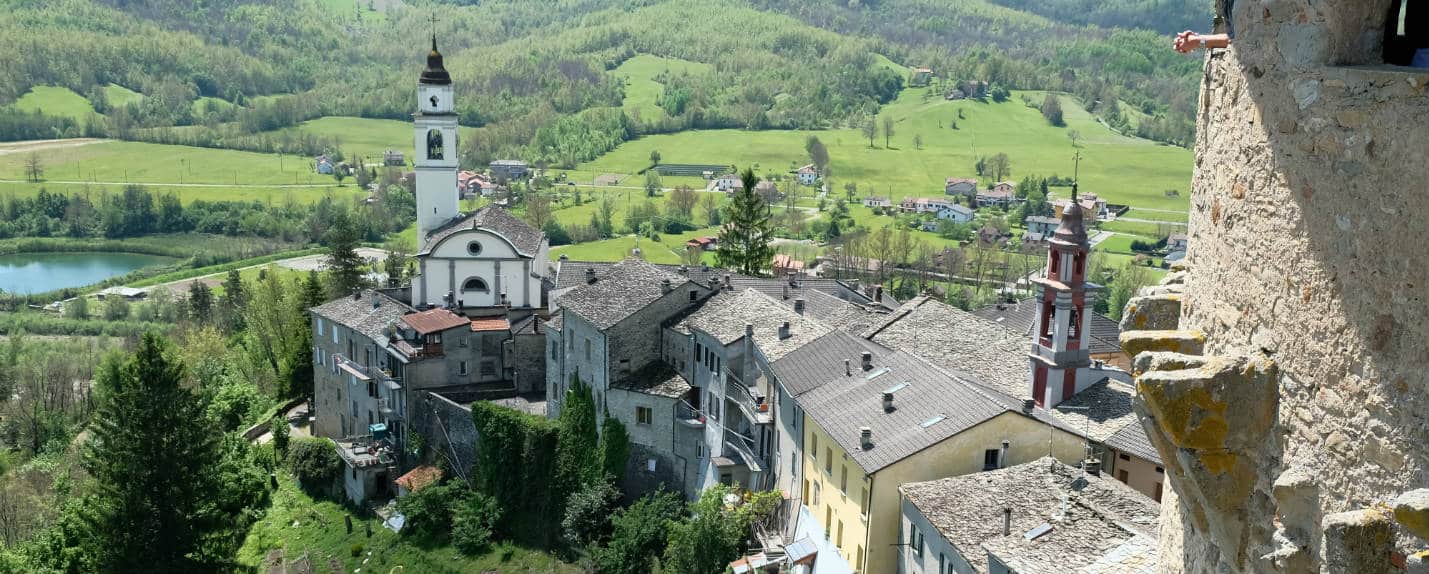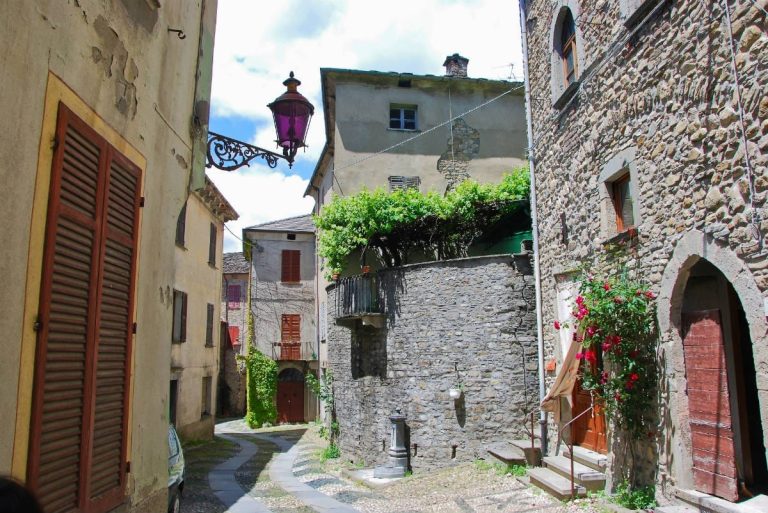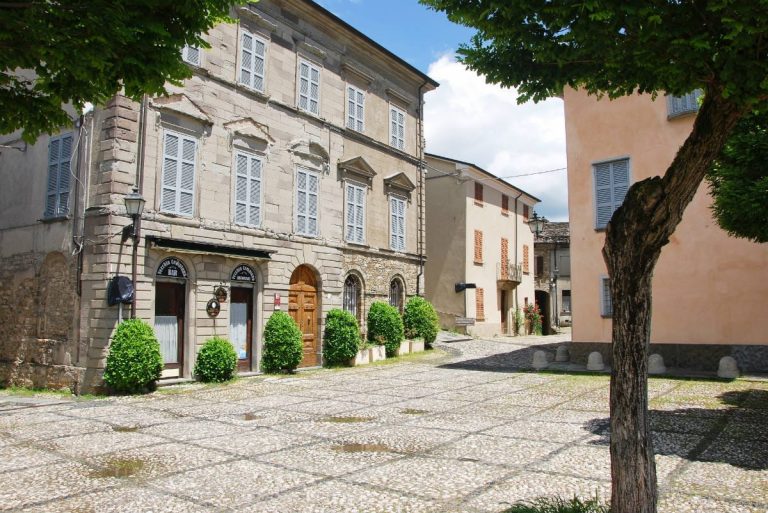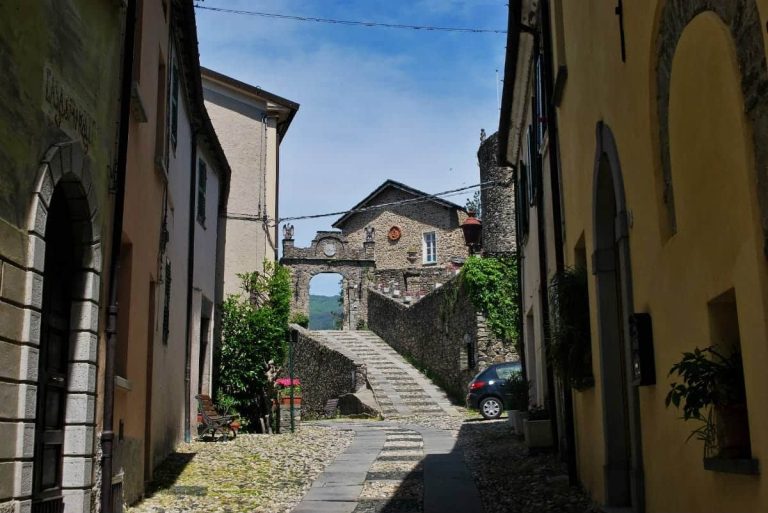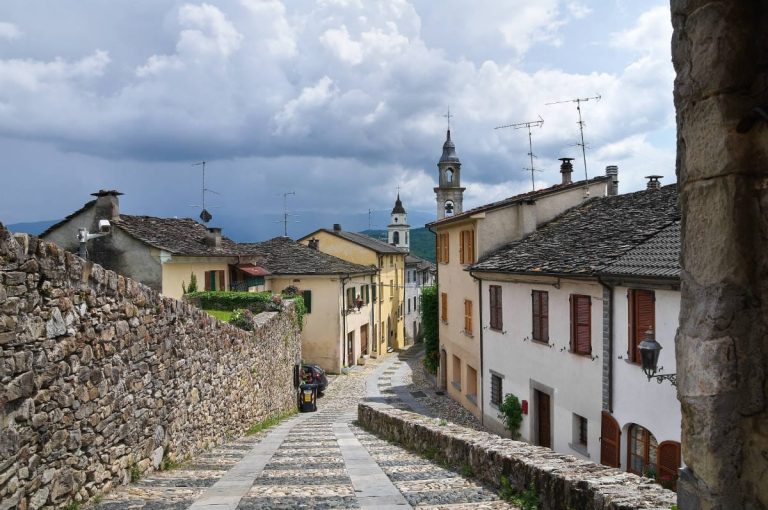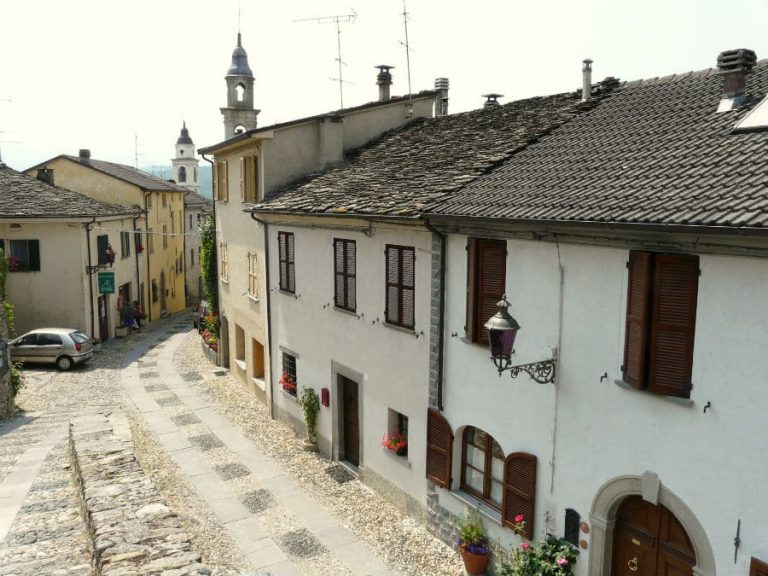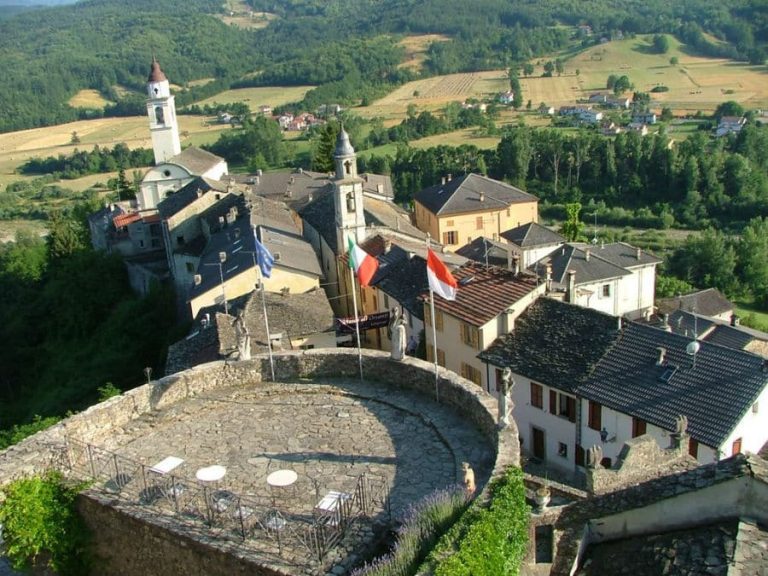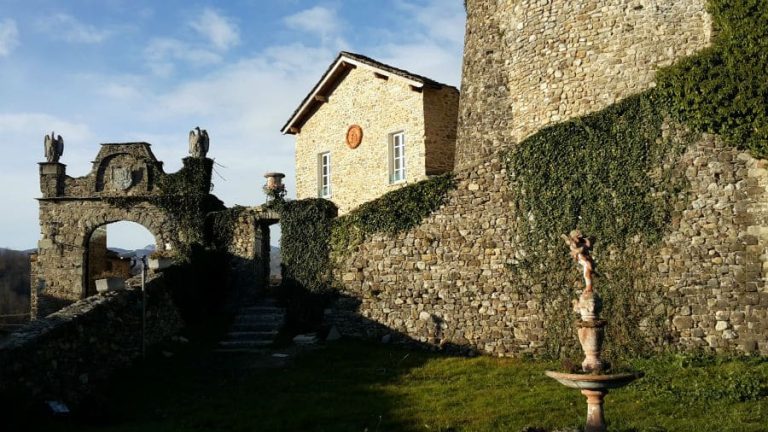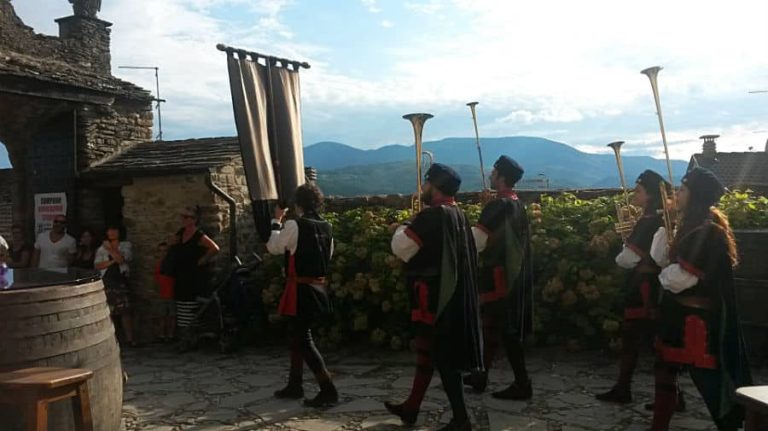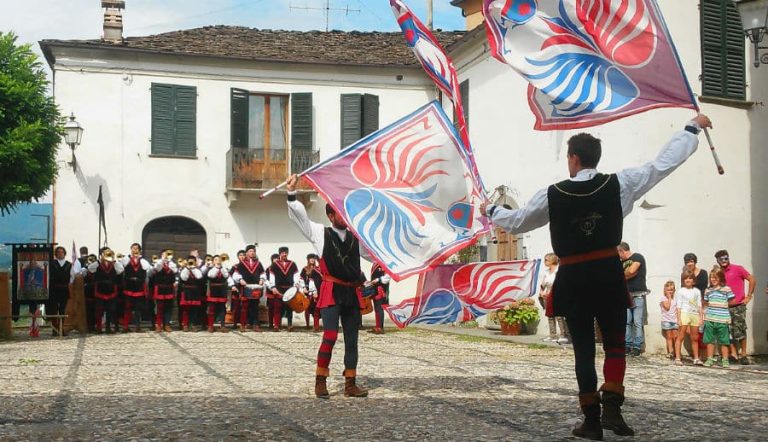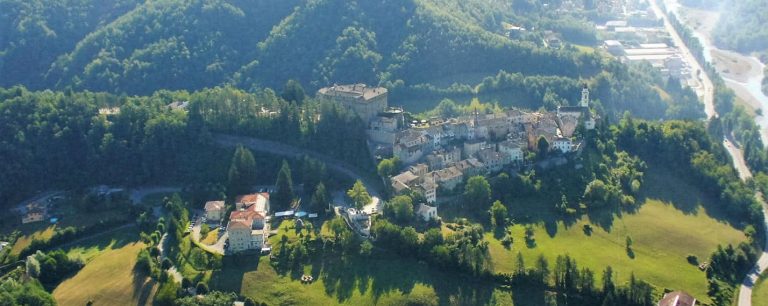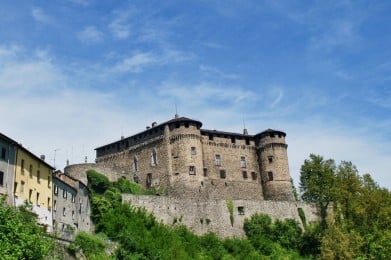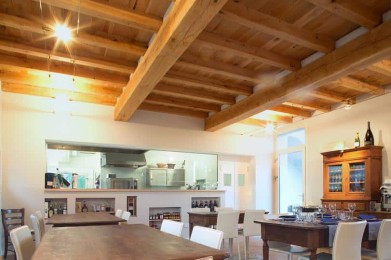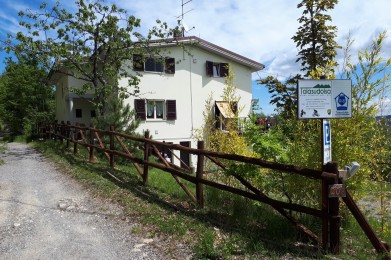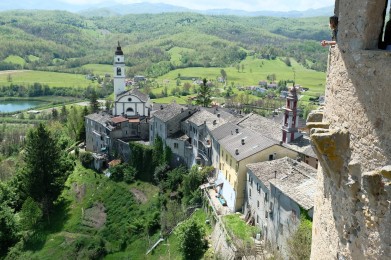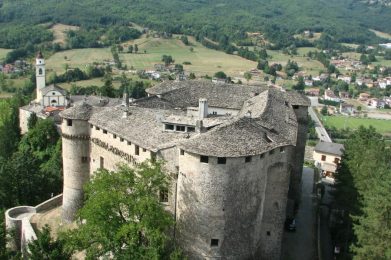Completely surrounded by medieval walls, the village of Compiano is built around its imposing castle, a veritable sentinel placed to guard a strategic crossroads between Emilia, Tuscany and Liguria. The first historical evidence dates back to the 9th century, when the fortress served as a Carolingian bulwark defending the Taro Valley. Over time it passed into the hands of important families: from the Malaspina to the Landi, Ghibelline lords who made it the center of the so-called Landi State, an independent principality that lasted more than four centuries, the longest-lived in Italy.
In 1532 Emperor Charles V elevated Compiano to a principality, and in 1552 he authorized the Landi family to mint coinage-a privilege that underscored the village's prestige. And it was from a marriage alliance with the Grimaldis of Monaco that the noble title still borne by the Monegasque family was born: in fact, Princess Maria Landi married Ercole I Grimaldi, founding a new dynasty.
The Castle of Compiano: memory and beauty
Compiano Castle is the emblem of the village. Originally a defensive fortification, over time it was transformed into an aristocratic residence, enriched with furnishings, stucco work and seventeenth- and eighteenth-century paintings. Today it houses two valuable collections: the Gambarotta Collection, bequeathed by Marchesa Lina Raimondi Gambarotta, and the International Museum of Freemasonry, the only one of its kind in Italy. The latter houses documents, symbols and ritual objects, offering a rare glimpse into a world often shrouded in mystery.
The village and the Museum of the Orsanti
Strolling through the village's cobblestone alleys, among stone houses, noble palaces and slate roofs, one breathes in a timeless atmosphere. It is also home to the curious Museo degli Orsanti, housed in a former deconsecrated church, which tells the story of those Compianese wanderers-musicians, tamers, street performers-who enlivened squares throughout Europe between the 18th and 20th centuries. Also dedicated to them is the Festival dei Girovaghi, a cultural event full of performances and re-enactments.
Nature, hiking and flavors of the Apennines
Located 500 meters above sea level, Compiano is nestled in an enchanting hilly landscape, ideal for hiking, biking or horseback riding. The area is crisscrossed by ancient routes such as the Ippovia dell'Appennino Parmense and is a short distance from the famous Via degli Abati, a spiritual path linking Pavia to Pontremoli.
Compiano is also a land of authentic flavors: the absolute protagonist is the Porcino Mushroom of Borgotaro IGP, but also worth tasting are the gnocchi castagna e ricotta, veal alla valtarese, and game dishes such as guinea fowl alla castellana. Autumn, with its colors and scents, is the ideal season to savor the area.
Events and traditions
The village thrives on ancient religious and folk traditions. Among the most heartfelt events is the Feast of the Most Holy Crucifix, celebrated every year on August 14, and the thousand-year-old Fair of San Terenziano in Isola di Compiano, the first weekend of September. Events that enliven the village with markets, music and historical re-enactments.
Compiano is...
A corner of the Apennines where legends of princesses, Masonic charm, scenic beauty and peasant culture are intertwined. It is the place where time slows down and every stone tells ancient stories. Whether for a romantic weekend getaway, an immersive hike or a journey to discover the identity of Emilia, Compiano welcomes you with grace, history and silence.

